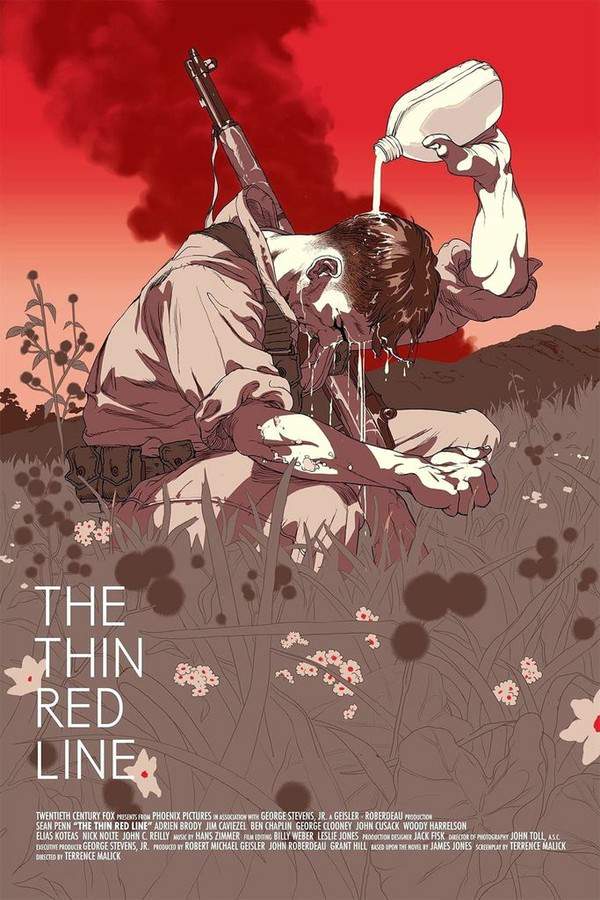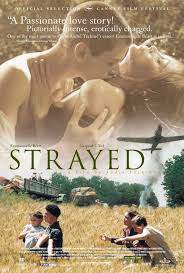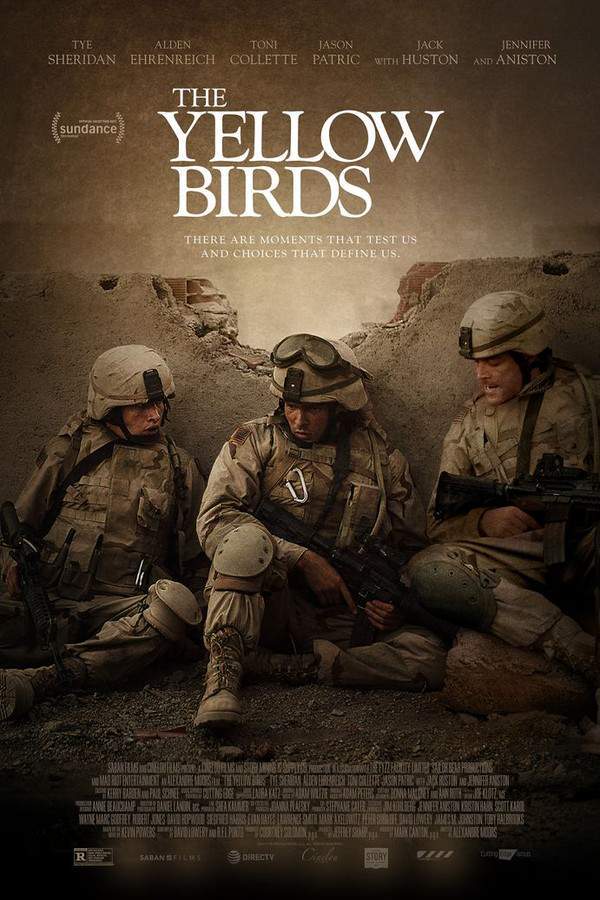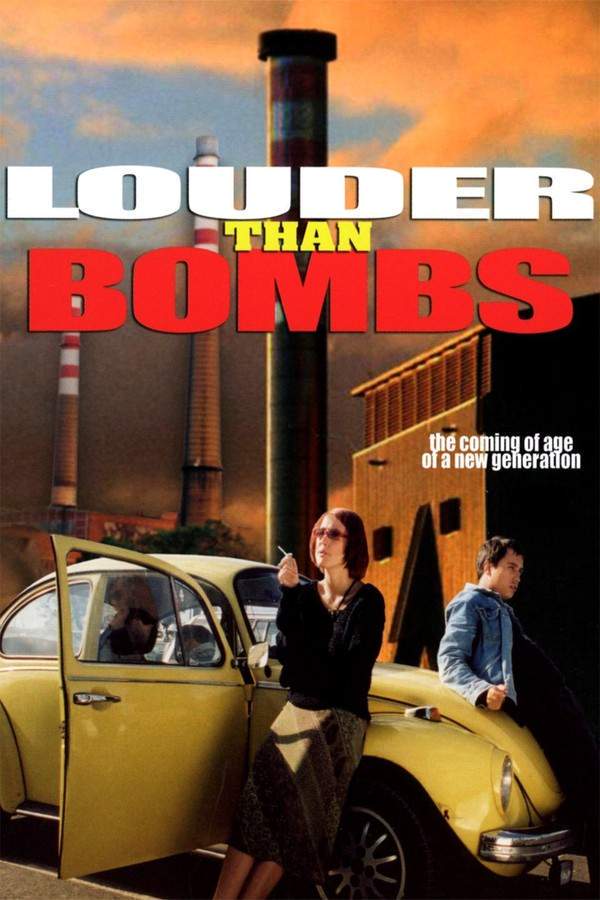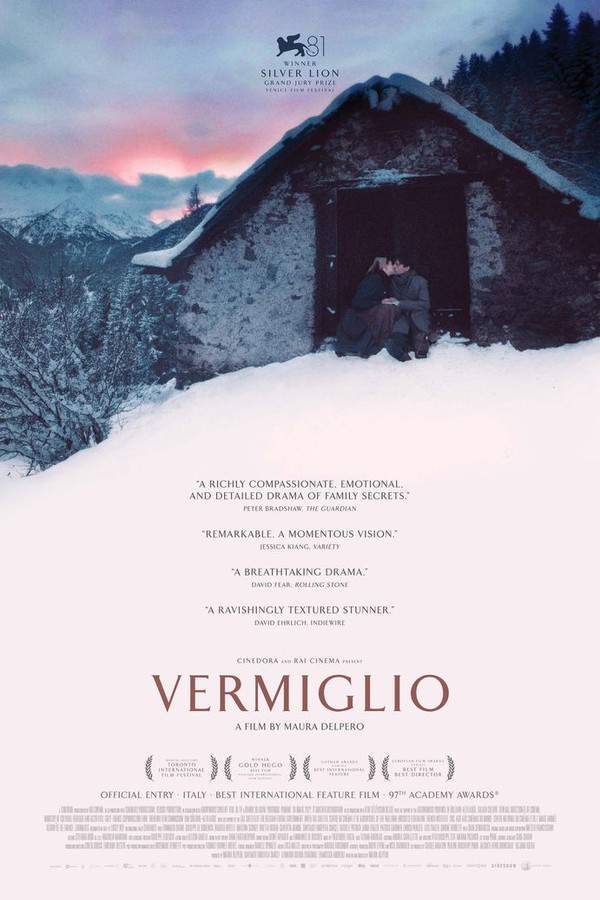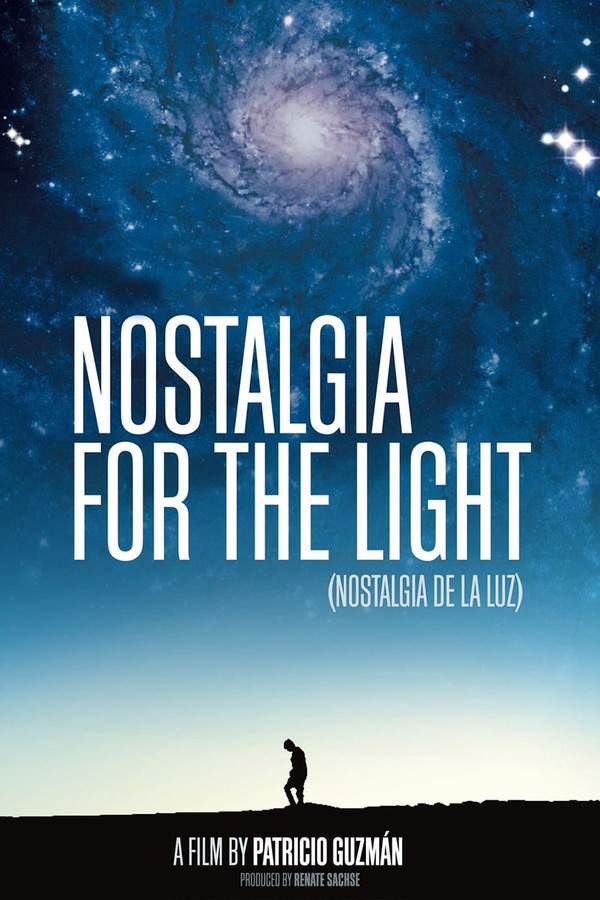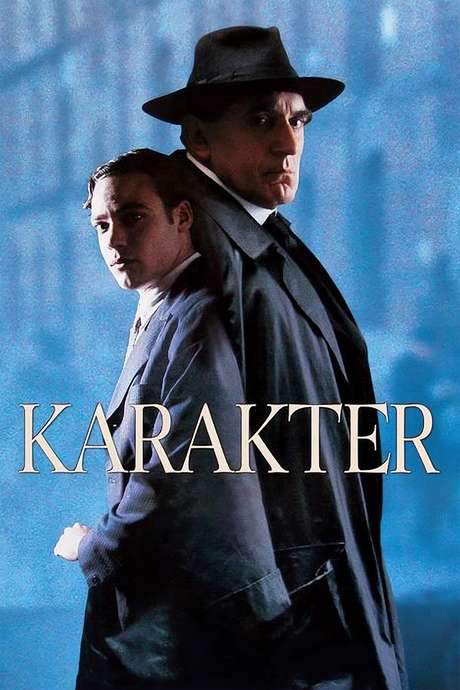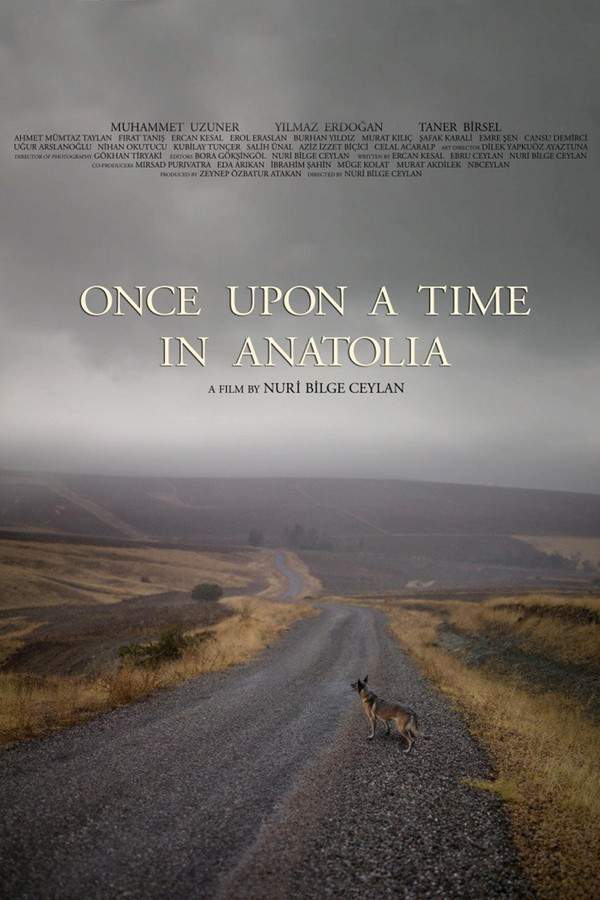
It Was In May
Year: 1970
Runtime: 110 mins
Language: Russian
Director: Marlen Khutsiyev
Days after Germany’s unconditional surrender, a detachment of Soviet soldiers is assigned to a seemingly untouched farmyard. The quiet rural setting masks a chilling reality, and the Red Army troops soon uncover the full horror of Nazi terror hidden within, confronting the brutal legacy of the war.
Warning: spoilers below!
Haven’t seen It Was In May yet? This summary contains major spoilers. Bookmark the page, watch the movie, and come back for the full breakdown. If you're ready, scroll on and relive the story!
It Was In May (1970) – Full Plot Summary & Ending Explained
Read the complete plot breakdown of It Was In May (1970), including all key story events, major twists, and the ending explained in detail. Discover what really happened—and what it all means.
In the immediate aftermath of May 1945, a small detachment of Soviet reconnaissance troops takes up temporary residence on the farm of Rashke, a well-off German pig farmer who lives there with his much younger wife and teenage son. The man appears outwardly cordial, even deferential toward their group and their leader, Lieutenant Nikolaev, yet Rashke and his family quietly slip away each night to sleep somewhere else, creating a lingering sense of unease around the farm’s quiet regularity.
One day, a mishap on the road leads Nikolaev to crash his motorcycle near a nearby town. He is helped by fellow soldiers who are stationed in an abandoned mansion nearby. As the men spend the day together, they share memories from the war, debate what life might look like after victory, and consider the strange efficiency of the German farms surrounding them. The mood blends camaraderie with a growing edge of weariness, as if the war’s shadows have seeped into their conversations as thoroughly as into the soil.
That night, a walk through a deserted landscape brings the group to a long-forgotten concentration camp. They enter a space characterized by silent barracks and dark corridors, filled with the remnants and echoes of people long gone. In a room with unusually thick walls, enormous furnaces, and ceiling vents, they imagine the room once used as a boiler, a memory that unsettles them and makes the night feel heavier with history.
The next day, back at Rashke’s farm, a tense moment erupts when Rashke’s son accuses one of the soldiers of killing a pig. The other soldiers react with anger, revealing that the accused man is a survivor from a village that Rashke’s family had burned in the past. Nikolaev intervenes, trying to restore calm and control the situation, underscoring the fragile lines between past crimes, present loyalties, and the chain of command.
As evening settles, Rashke and his family depart again, and three emaciated former camp prisoners appear before the house. The first is Stefan, a Polish man, who recounts how his wife Katarzyna was forced to work for Rashke until exhaustion and hunger drove her to madness, after which Rashke sent her to the camp where she was executed. Stefan’s vivid memories include the gas chambers and the crematorium where countless women and children perished, their ashes scattered over the nearby fields as if they were fertilizer.
The second former prisoner is a German engineer who speaks Russian and speaks bitterly about the betrayal of ordinary Germans by their own country. He recounts how his wife received a bill for the state’s expenses tied to the execution of her brother, a communist, adding a cold, bureaucratic sting to the human tragedy. The third prisoner, also German, haunted by memories of guard dogs, mutters in his native tongue, a grim reminder of the fear and control that marked the era.
The encounter leaves the soldiers shaken. They attempt to seize Rashke, but he vanishes into the night, leaving them to face the war’s lingering horrors on their own terms. The film frames this confrontation with a stark tonal arc: it opens with wartime newsreel footage and closes on peaceful postwar city scenes, underscored by Sonny Bono’s song “Mama” arranged by Paul Mauriat. The musical contrast heightens the sorrow and restraint of the story, emphasizing the gulf between the era’s brutal memories and the fragile calm that follows.
Throughout, the narrative probes memory, guilt, and the long echoes of violence that persist even after the fighting ends. The setting—a German farm that hosts a fragile semblance of hospitality, a distant camp that once housed terror, and a postwar world that struggles to reconcile with it all—forms a quiet meditation on how ordinary life resumes amid the shadows of past crimes. The result is a somber, meditative look at the cost of war and the uneasy process of moving forward.
Last Updated: October 09, 2025 at 12:29
Explore Movie Threads
Discover curated groups of movies connected by mood, themes, and story style. Browse collections built around emotion, atmosphere, and narrative focus to easily find films that match what you feel like watching right now.
Movies about the aftermath of war like It Was In May
Stories that explore the heavy silence and moral debris left in the wake of conflict.If you were moved by the contemplative and heavy atmosphere of It Was In May, this thread gathers similar films that explore the post-war period. These movies focus on the lingering trauma, moral reckoning, and quiet struggles of survival after the fighting has ended, offering a sobering look at the true cost of conflict.
Narrative Summary
Narratives in this thread typically follow characters—soldiers, civilians, or communities—as they navigate a world shattered by war. The central conflict is often internal or social, revolving around processing trauma, uncovering hidden atrocities, and facing the moral ambiguity of survival. The plot is driven by discovery and reflection rather than external action.
Why These Movies?
These films are grouped together because they share a specific setting and thematic focus. They prioritize a melancholic tone, slow pacing, and high emotional weight to convey the oppressive silence and unresolved pain that defines the post-war experience, creating a cohesive vibe of somber historical reflection.
Movies about uncovering dark truths like It Was In May
A slow, grim discovery of historical crimes that forces a moral confrontation.For viewers who appreciated the chilling discovery narrative in It Was In May, this collection features films with a similar pattern. These stories involve a slow, deliberate investigation that leads to the uncovering of horrific events, forcing characters and the audience to confront deeply disturbing truths about history and human nature.
Narrative Summary
The narrative pattern follows a journey of investigation or accidental discovery. Characters, often outsiders or newcomers, piece together clues in a subdued environment, leading to a climax that reveals the full scale of a hidden horror. The emotional journey is one of increasing unease shifting to profound shock and sorrow.
Why These Movies?
These movies are linked by a specific plot mechanism and emotional arc. They share a slow-burn structure that builds tension through atmosphere rather than action, leading to a devastating reveal. The combination of high tension, high sadness, and a melancholic, bittersweet tone creates a powerfully coherent and unsettling viewing experience.
Unlock the Full Story of It Was In May
Don't stop at just watching — explore It Was In May in full detail. From the complete plot summary and scene-by-scene timeline to character breakdowns, thematic analysis, and a deep dive into the ending — every page helps you truly understand what It Was In May is all about. Plus, discover what's next after the movie.
It Was In May Timeline
Track the full timeline of It Was In May with every major event arranged chronologically. Perfect for decoding non-linear storytelling, flashbacks, or parallel narratives with a clear scene-by-scene breakdown.

Characters, Settings & Themes in It Was In May
Discover the characters, locations, and core themes that shape It Was In May. Get insights into symbolic elements, setting significance, and deeper narrative meaning — ideal for thematic analysis and movie breakdowns.

More About It Was In May
Visit What's After the Movie to explore more about It Was In May: box office results, cast and crew info, production details, post-credit scenes, and external links — all in one place for movie fans and researchers.







